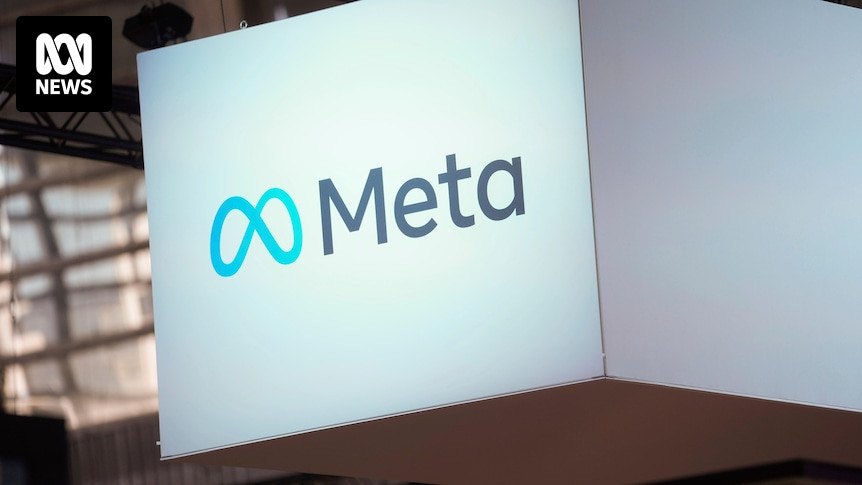The AI Revolution in the Boardroom: From Data-Driven Decisions to Strategic Advantage
The age of gut feelings and experience-based decisions is fading fast in the corporate world. As AI technology rapidly advances, C-suites are embracing AI-powered tools to make faster, more informed decisions and unlock unprecedented levels of efficiency. From analyzing vast data sets to predicting market trends, AI is transforming how companies approach strategic planning and risk management.
AI as a Decision-Making Partner: Bridging the Gap Between Data and Action
Imagine a world where critical decisions aren't hindered by human limitations like limited attention spans or decision fatigue. AI-powered predictive models are now capable of analyzing massive datasets, identifying patterns, and providing actionable insights that bridge the gap between raw data and strategic action. This shift is allowing C-suites to make faster, more data-driven decisions that can positively impact everything from financial planning to customer engagement.
The Power of AI-Powered Insights
Traditional decision-making often relied on gut instincts and limited data, resulting in costly errors. However, AI offers a new paradigm, enabling organizations to:
- Eliminate human error: AI eliminates the risk of human error and guesswork, replacing delayed reports with real-time insights and precise calculations.
- Access a holistic view of operations: AI pulls together data from across the organization, providing a comprehensive view of operations and up-to-the-minute tracking of key performance indicators.
- Optimize financial planning: AI models can analyze historical data, market trends, and economic indicators to forecast revenue, expenses, and cash flow, empowering CFOs to make smarter, faster decisions about investments, cost-cutting, and strategic initiatives.
AI-Savvy Leaders: Leading the Charge in a Data-Driven World
The successful adoption of AI within an organization hinges on the leadership's commitment to building a data-driven culture. Leaders play a pivotal role in guiding their organizations through this transformation by fostering AI-savviness, understanding the limitations of AI, and creating a culture that embraces human-machine collaboration.
The Importance of AI-Savviness
Leaders need to understand the capabilities and limitations of AI. This means investing in their own education, encouraging their teams to develop AI literacy, and fostering open dialogue about the potential and risks associated with AI implementation.
Creating a Culture of Human-Machine Collaboration
Rather than viewing AI as a replacement for human workers, leaders should focus on creating a culture where AI augments human capabilities. This means identifying tasks that can be effectively automated, empowering teams to experiment with AI tools, and providing ongoing training and support. The goal is to create a symbiotic relationship where AI liberates humans to focus on more creative and strategic tasks.
The Future of Governance: Navigating the AI Landscape
As AI technology continues to evolve, boards are increasingly tasked with understanding its implications for corporate governance. This requires a shift in mindset, from viewing AI as a tool to be cautiously implemented to recognizing its transformative potential to reshape business operations and enhance decision-making.
Key Considerations for Boards
- AI Literacy: Boards need to ensure they have a basic understanding of AI, its capabilities, and its limitations. This involves actively engaging with AI tools, seeking out expert advice, and developing a shared understanding of how AI can be leveraged to create value for the organization.
- Data Integrity: The accuracy and reliability of data are crucial for AI systems to function effectively. Boards must prioritize data governance, ensuring data is clean, organized, and free from biases.
- Risk Management: AI adoption introduces new risks that need to be carefully managed. Boards must develop a framework for assessing and mitigating these risks, ensuring the responsible use of AI within the organization.
The AI-Powered Future: A Call to Action
The AI revolution is upon us, and organizations that fail to adapt will be left behind. Leaders must embrace AI as a strategic advantage, empowering their teams to leverage AI's transformative power while maintaining a human-centric approach. By fostering a culture of AI-savviness and ensuring responsible AI implementation, businesses can harness the full potential of AI to drive growth, innovation, and sustainability.
Conclusion: Embrace the AI Revolution, One Decision at a Time
The world of corporate decision-making is irrevocably changed. AI is no longer a futuristic concept; it's a reality that's transforming how companies operate, compete, and thrive. By understanding the power of AI and approaching its implementation thoughtfully, leaders can lead their organizations towards a future where AI augments human capabilities, unlocks unprecedented levels of efficiency, and drives innovation in the boardroom and beyond.

















